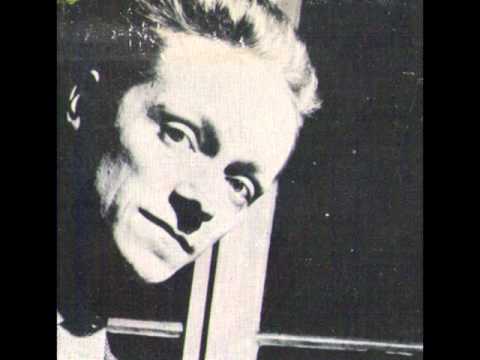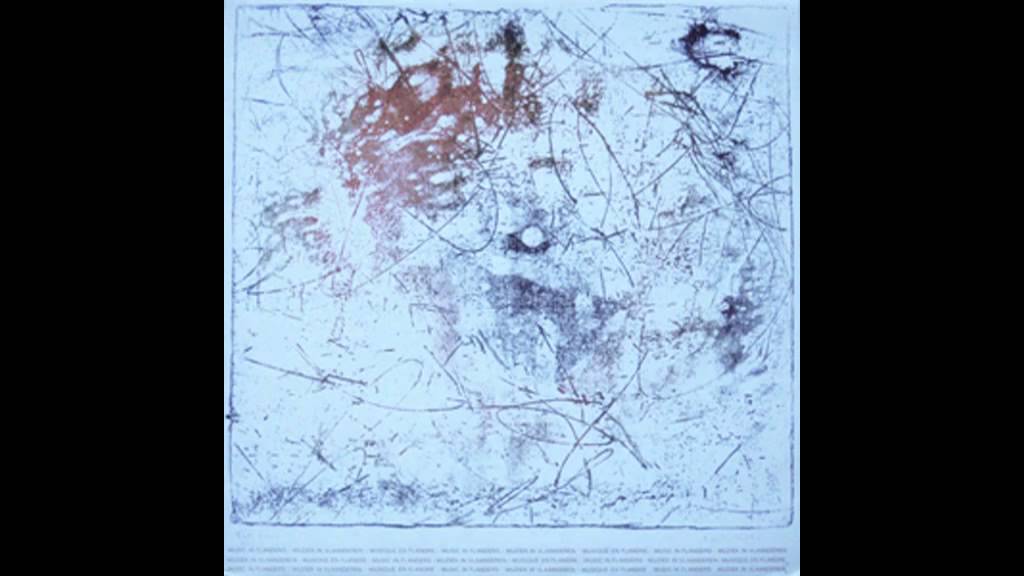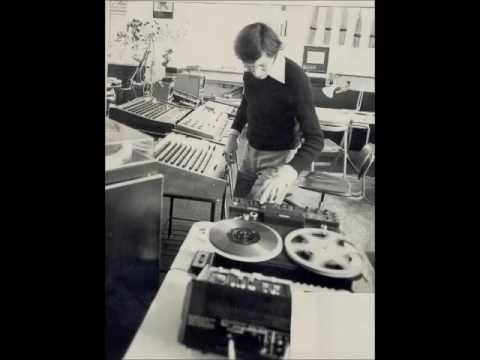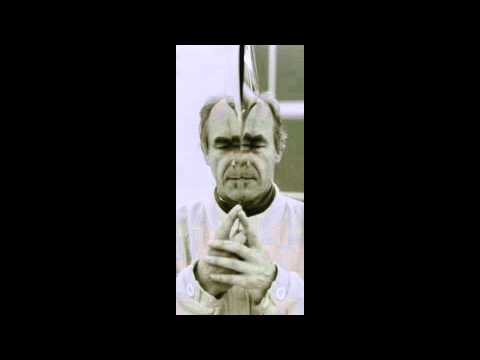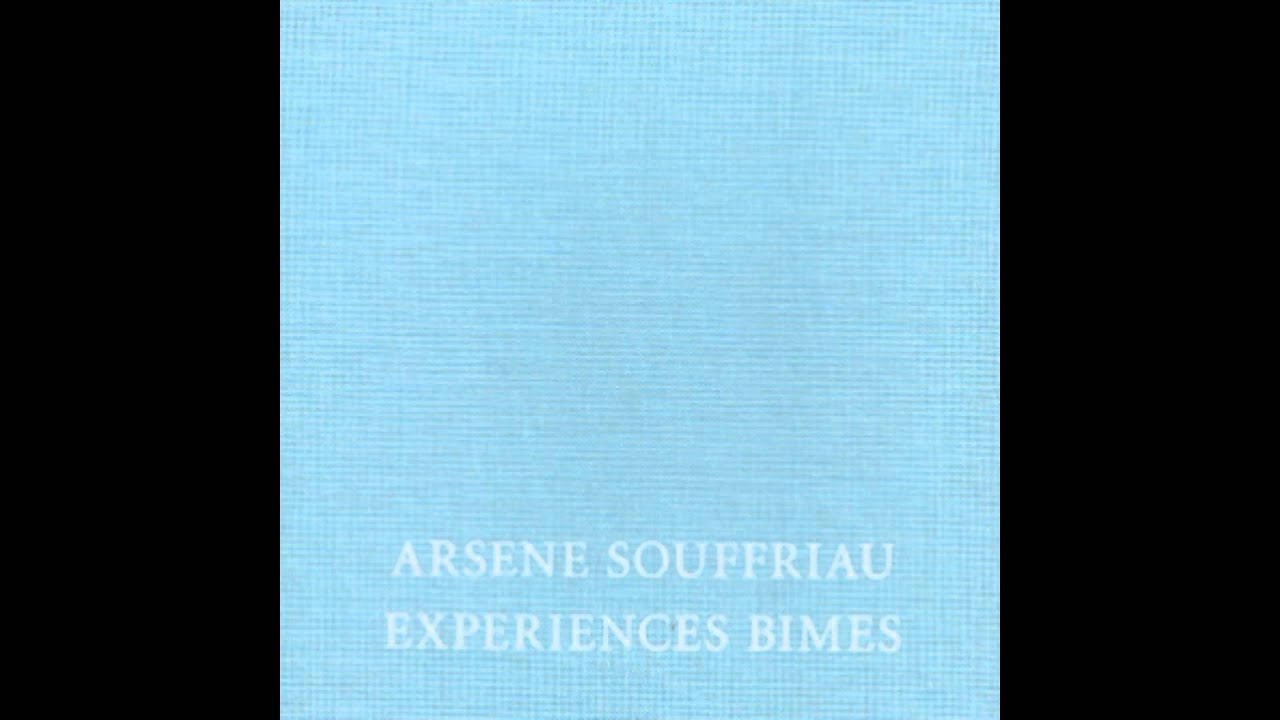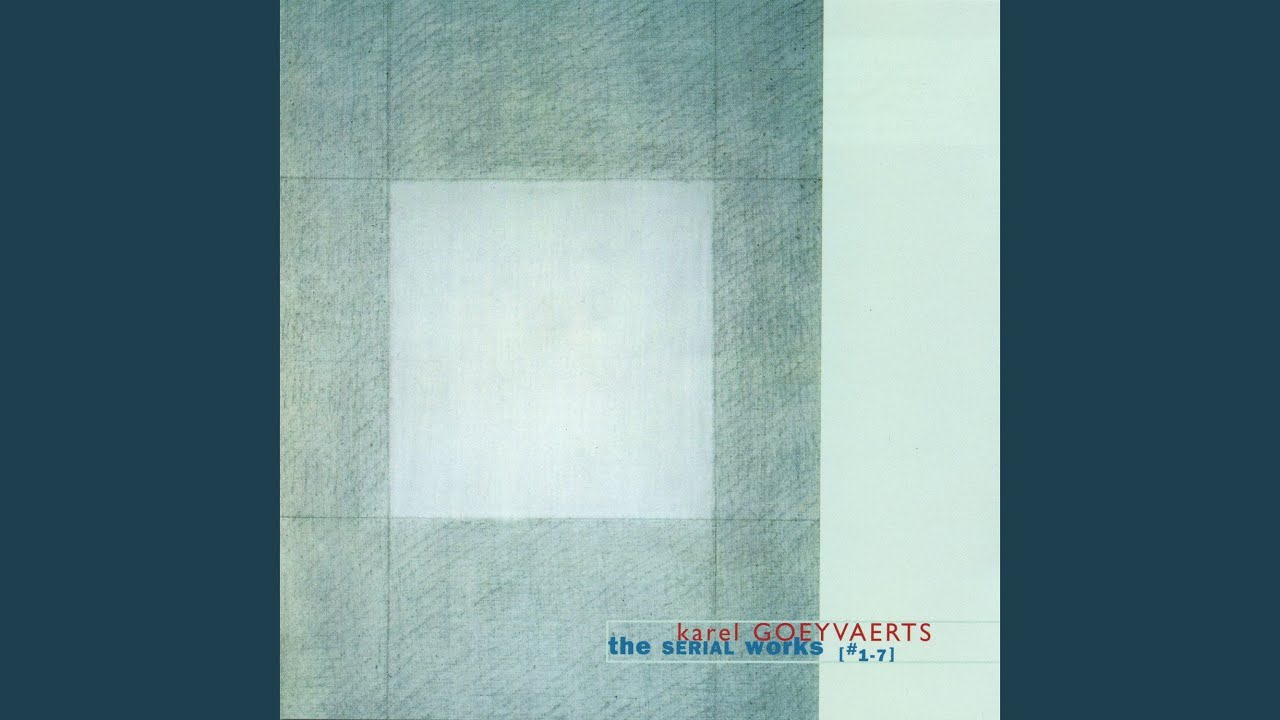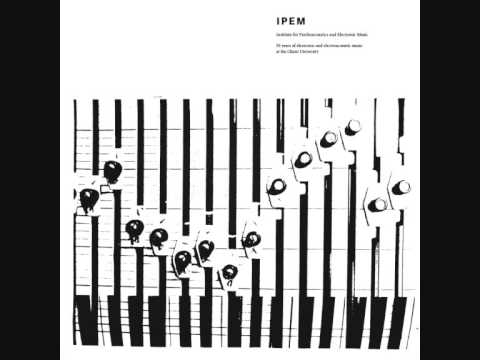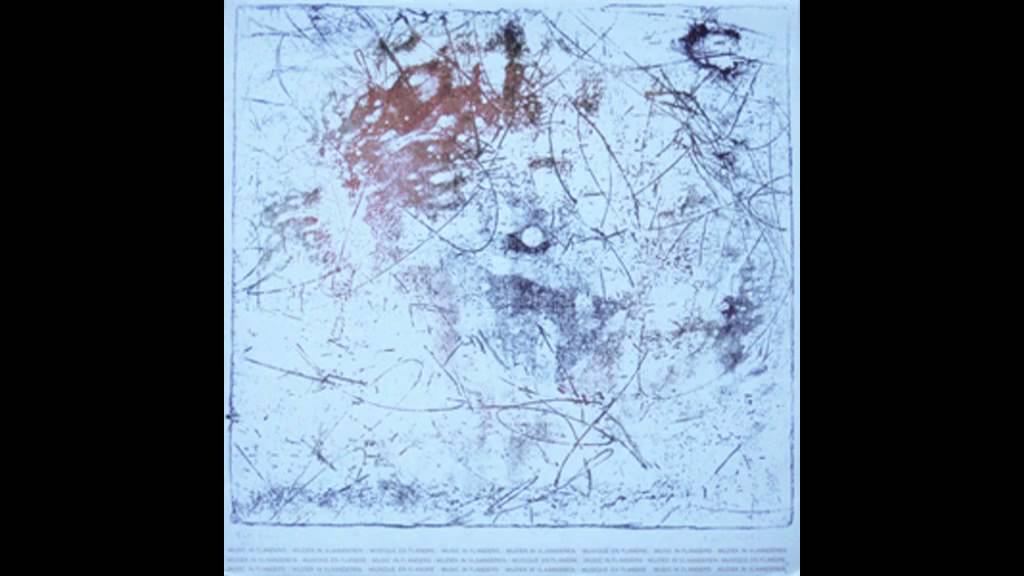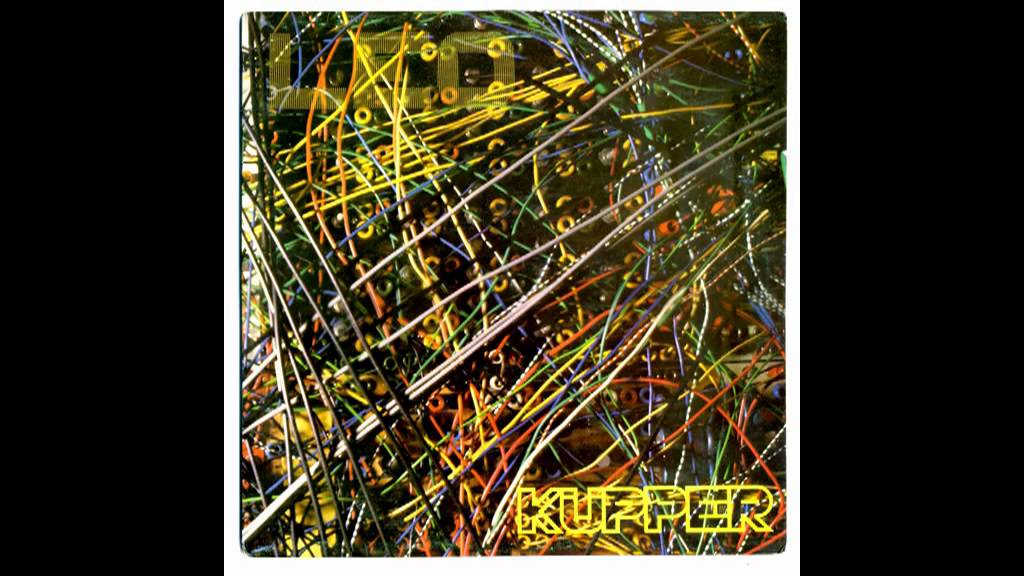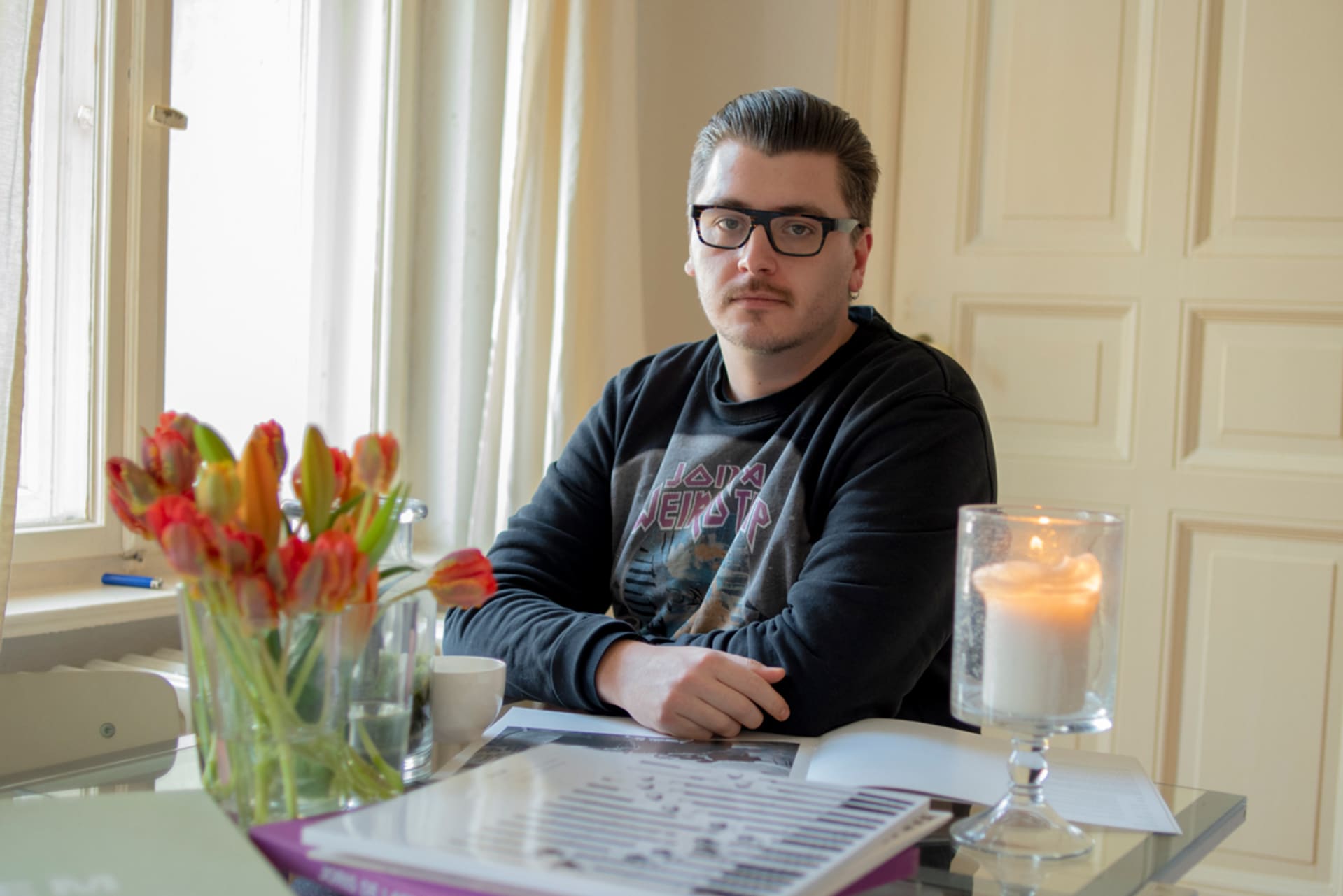
Locked Groove’s 10 Track Guide To Belgian Experimental Electronic Music From 1950-1990
Locked Groove's new album, ' Sunset Service' is out now via Hotflush.
Belgium might be a small country, but its contributions to electronic music have been enormous. Consider the chugging sampledelia of ’80s new beat, for instance. But if you go beyond dance music, you’ll find a rich history of experimentation clustered around cities like Ghent and Brussels.
One person who knows a lot about this tradition is Locked Groove (a.k.a. Tim Van De Meutter), a Belgian producer whose many releases often show influences of his home country’s musical history. Case in point, Sunset Service, his latest record, which explores dimensions of Belgium’s ’90s rave scene. Below, you’ll find his crash course in Belgium’s 20th century experimental music scene.
If you’re in Berlin, check out the record release party for Sunset Service at Diskothek Melancholie.
“Even if you don’t know the names, you’ve probably heard music by Delia Derbyshire and/or the BBC Radiophonic Workshop. (An example of one of their most prominent works is the theme to Doctor Who.) You probably know less about similar currents in Belgian experimental electronic music.
In this listicle, I’ve collected some examples that tell the story from the 1950s through the 1980s. I’ve also provided some backstory so you can get an idea of who these people were and what they were trying to achieve with all those crazy sound waves. I hope you enjoy reading and listening to it!”
Henri Pousseur, “L’air Et L’eau” (Columbia 1961)
“Henri Pousseur was a true electronic music pioneer. He worked alongside Pierre Boulez and Karl Heinz Stockhausen making dodecaphonic and serial music in Cologne and Milan before founding his own studio in Brussels.
The title ‘L’air et de L’eau’ (or ‘Air And Water’) is exactly how I perceive it: gusts of wind and a river flowing in an endless stream of pure sound waves.
Music like this might be pretty challenging to listen to at first, but a good trick is to try to paint a mental picture of the sound. Instead of just listening, try to ‘visualize’ the music.”
Lucien Goethals, “Contrapuntos” (Alpha Brussels 1978)
“In my intro, I spoke about the BBC and their Radiophonic Workshop. Belgium had something similar, called the ‘Instituut Voor Psychoacoustische En Elektronische Muziek’, or IPEM for short.
“It was founded in 1963 as a joint venture between the Belgian Radio And Television Broadcasting Company and Ghent University. Their idea was to combine audio engineering and music production to build a bridge between scientific research and artistic research.
Lucien Goethals was an artist connected to IPEM, and he’s made some absolutely wild stuff. I can hardly imagine how ‘normal’ people perceived these space age sounds when they heard them for the first time.”
Joris De Laet, “Swjioobaa” (Metaphon 1973)
“Joris De Laet founded the Studio for Electronic Music (a.k.a. SEM) in an old castle near Antwerp in 1973. The studio offered courses, lectures and concerts. The concerts where performed by an ensemble that specialized in combining acoustic instruments with electronica.
What interests me the most about SEM is the way they opened up electronic music to a wider audience. The music was very elitist in the early days. They published a magazine, had a tape-lending service and had a show on Radio Centraal, Antwerp’s experimental radio station.
In this piece you can immediately hear the freer nature of the experimentation. It’s more chaotic and sounds less calculated than some of the previous examples I gave.
To me it almost has a primal quality at some points.”
Baudouin Oosterlynck, “Refuge” (Self-released 1978)
“Baudouin Oosterlynck is very much a multi-disciplinary artist. Apart from musique concrète works, he also made numerous installation pieces, objets d’art and highly sensitive instruments for listening.
Every time I listen to this piece, I become overwhelmed with a feeling of discomfort. Is the person laughing, crying or both?
The sad piano in the background suggests (he/she?) is crying, but then again, sometimes it sounds a lot like laughing.”
Arsene Souffriau, “Attente” (Metaphon 1982)
“Arsene Souffriau founded the Chamber Orchestra Of Brabant, where he conducted several pieces. He was also interested in making music for films, documentaries and theater. He worked as the chief sound engineer for Belgian Television until 1985.
He met Pierre Schaeffer and Henri Pousseur at Expo 58 in Brussels. He stared working at their studio during the late hours, and then set up his own studio, where he recorded the majority of his work. The way in which this piece evolves always leaves me in awe.
Gently rising from the depths and eternally building into what is ultimately the grand finale, after which it abruptly echoes into nothingness.”
Karel Goeyvaerts, “Nr. 4 Met Dode Tonen” (1952)
“One of the earliest adopters of electronic experimentation.
This piece is part of a sonata, in which Goeyvaerts created a structural synthesis of the dodecaphonic system of Anton Webern and the teachings of Olivier Messiaen and laid the foundations for generalized ‘serialism’.
During the period 1951-1956, he influenced Karlheinz Stockhausen through personal contact and regular correspondence. In 1953, Goeyvaerts and Stockhausen produced the first electronic music in the studio of the NWDR in Cologne. Not for the faint of heart!”
David Van De Woestijne, “Les Céphalopode” (Metaphon 1964)
“As far as I know this is the only electronic piece in existence by David Van de Woestijne. Les Céphalopode (or “The squids”) is a very interesting work. As I said before, try to visualize the song: The octopus shooting through the water, tentacles gliding over the ocean bottom, snaring it’s prey etc. All of these and more are represented in the track.”
Raoul De Smet, “Studie V” (1978)
“After studying philosophy, linguistics and history of arts, Raoul De Smet travelled and taught in Tunisia.
He submerged himself in musical theory and studied the work of Rimski-Korsakof, Schönberg, Koechlin, Krenek, Leibowitz, Boulez, Stockhausen and others. At the IPEM studio, Lucien Goethals introduced him to electronic music. This is one of the pieces he made while there.
It’s a very harsh sounding study in a lot of ways, yet it has a lot of elegance to it in my opinion. It sounds like a broken accordion in some places, trying to play, but failing to do so, over and over again.”
Leo Küpper, “Innominé” (Igloo 1981)
“Leo Küpper wrote many pieces about his research in the field of phonetic and vocal music, musical machines and psychoacoustics (space perception and diffusion).
I advise that you listen to this on headphones as it will allow you to fully submerge yourself in its soundstage.
On first listen you might find that everything sounds random and messy. For me, the beauty is that you find something new every time you listen to it. Everything is there, you just have to pick out sounds and focus on the next one and the next.”
Didier Gazelle, “Studie” (Alpha Brussels Unknown)
“Apart from the fact that he was also a student of IPEM there’s little to no information I could find about Didier Gazelle.
I think this short but sweet piece is a nice way to close out this feature on Belgian electronic music pioneers.
I hope you enjoyed reading and listening to all of these works and that Belgium is no longer unknown terrain for you when it comes to experimental music.”
Published March 14, 2019. Words by Tim van de Mutter, photos by Elizabeth Claire Herring.

